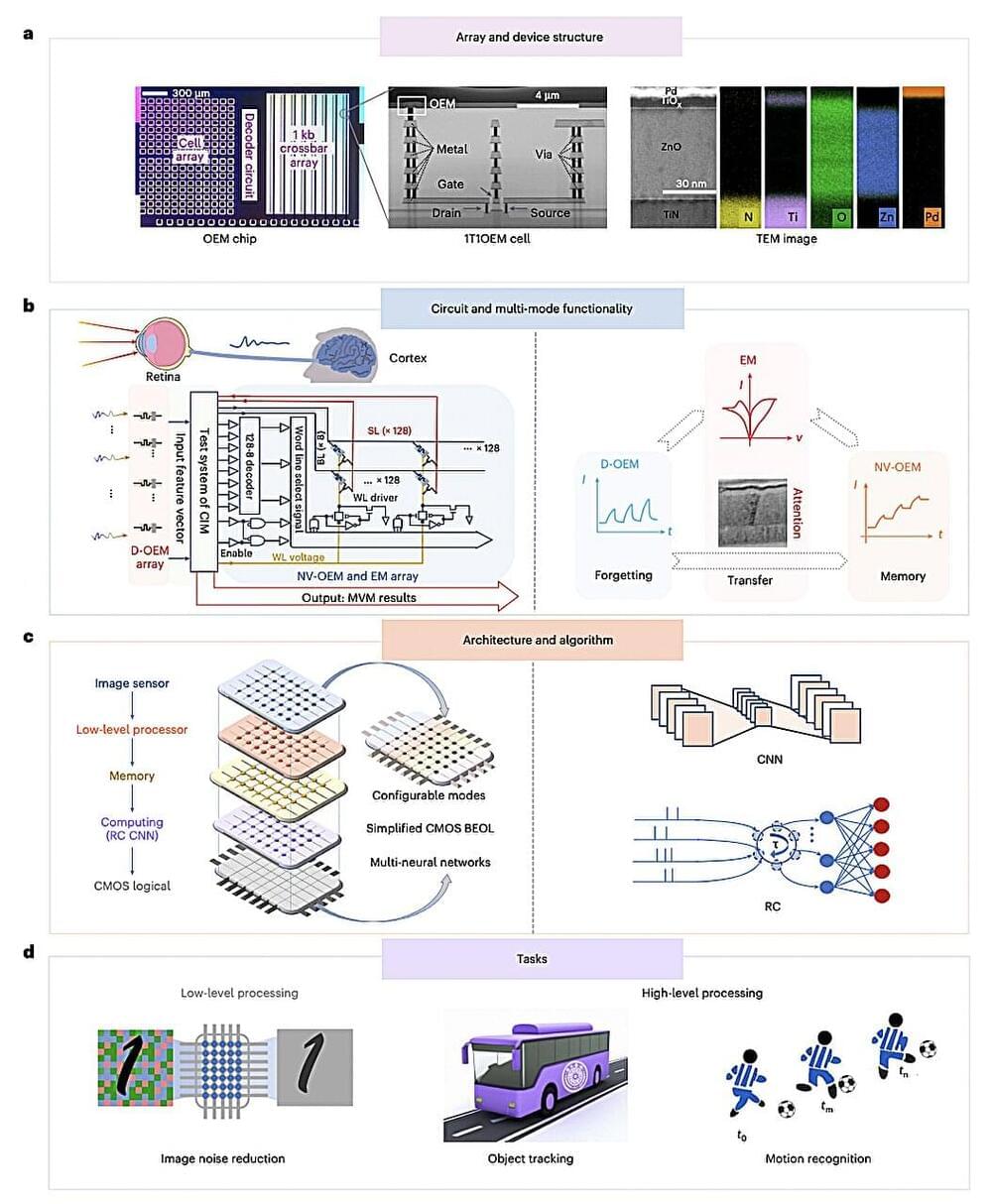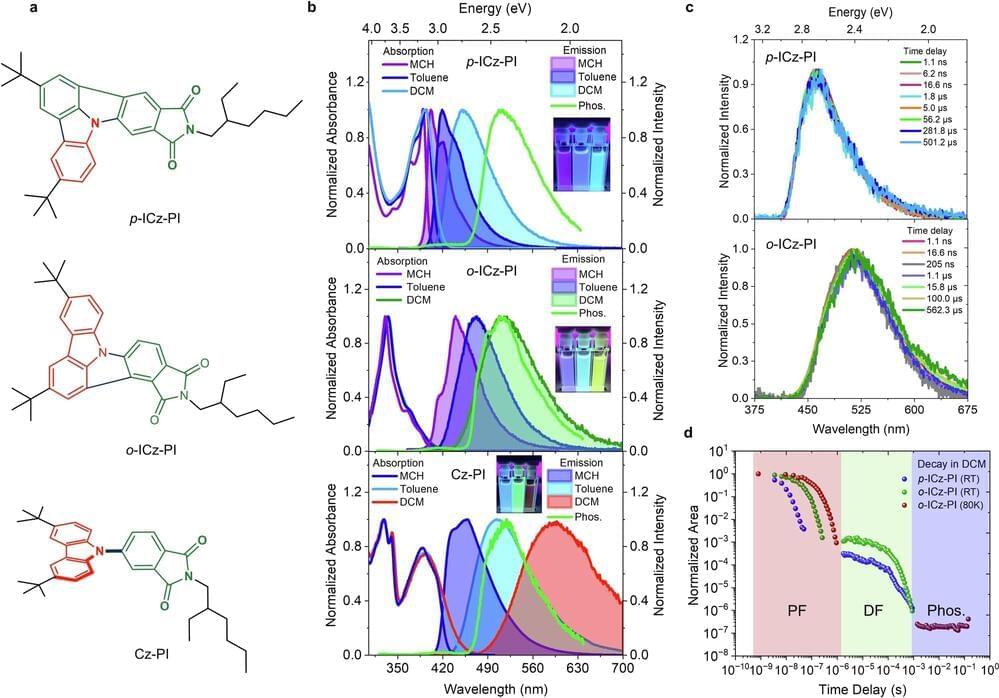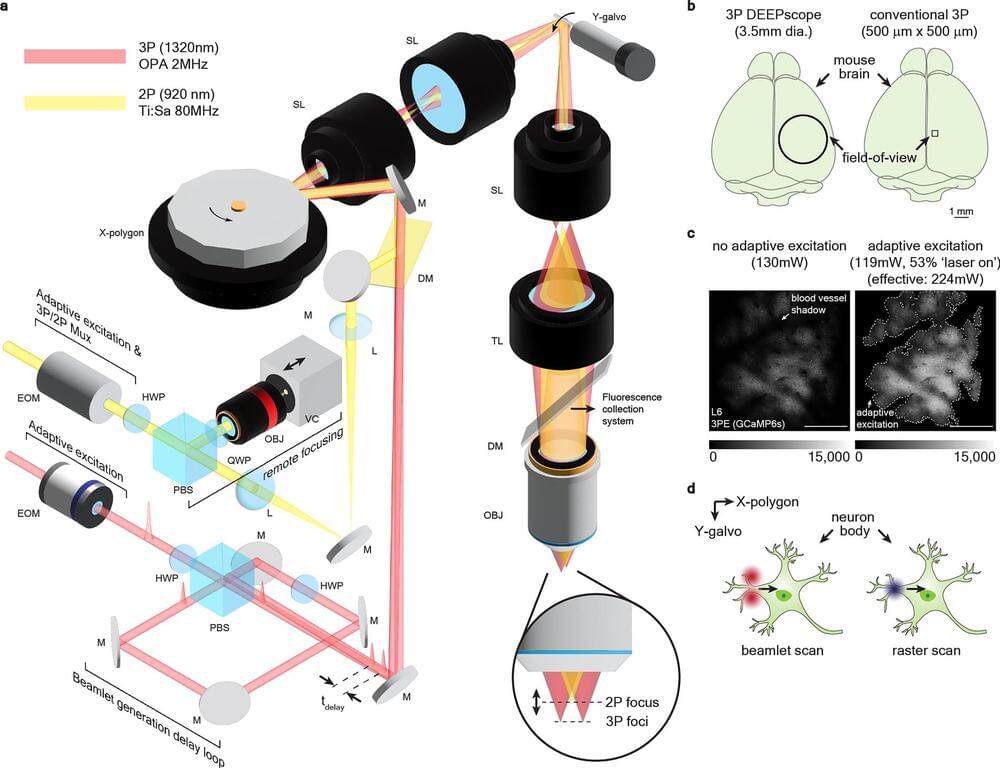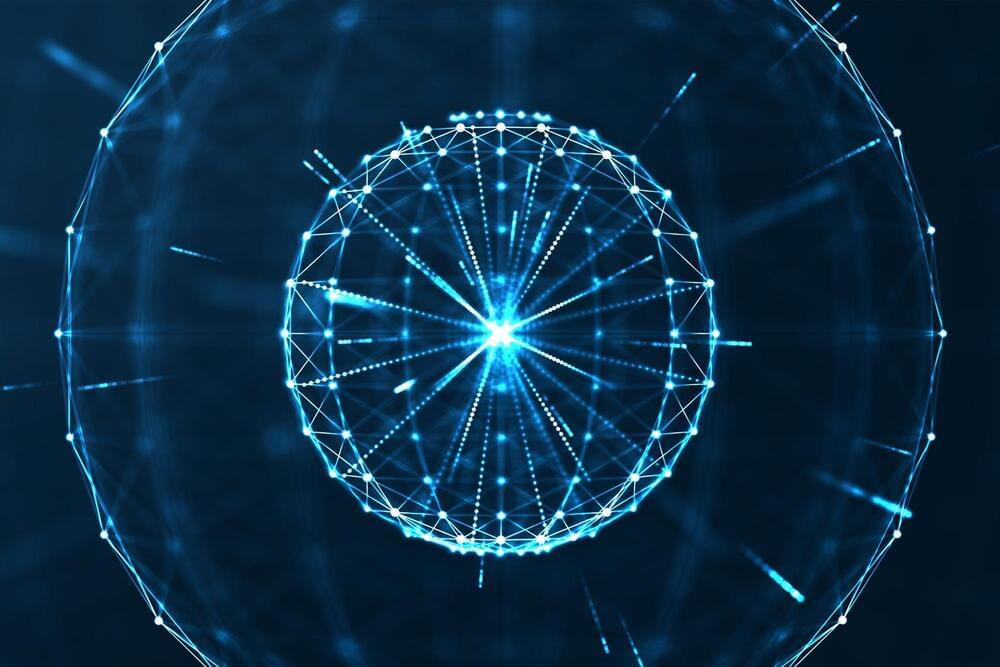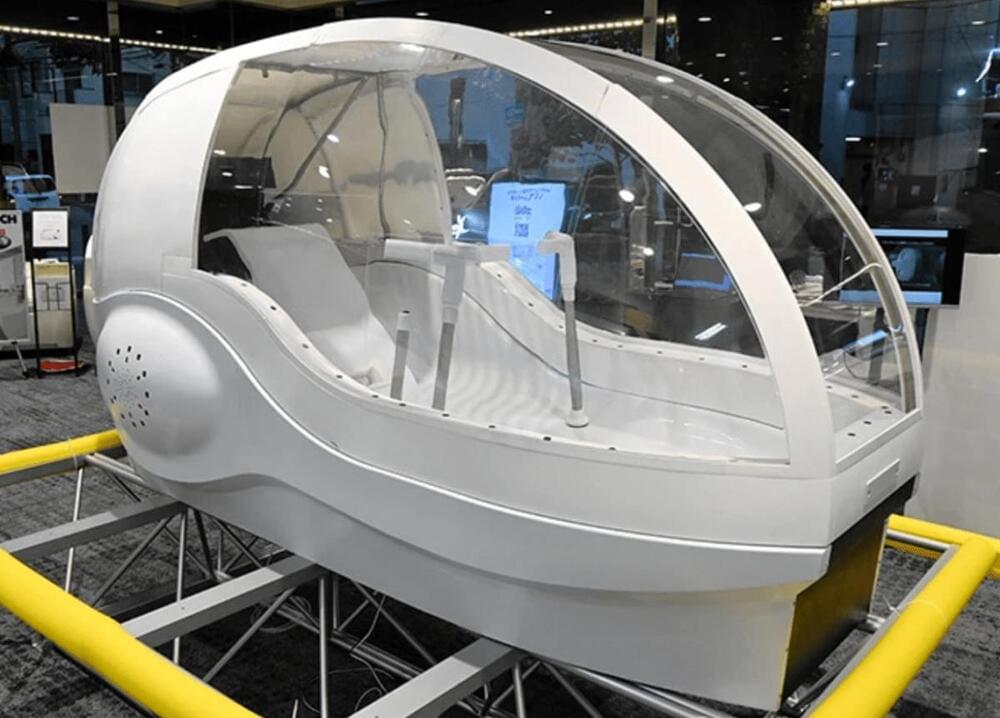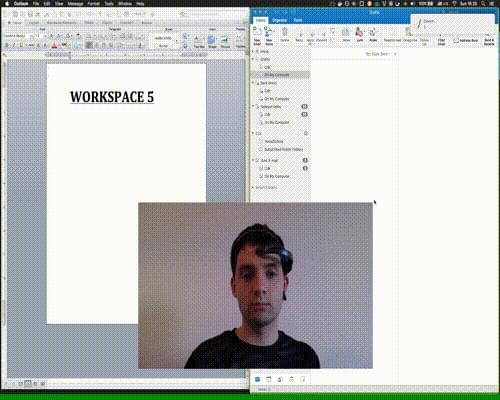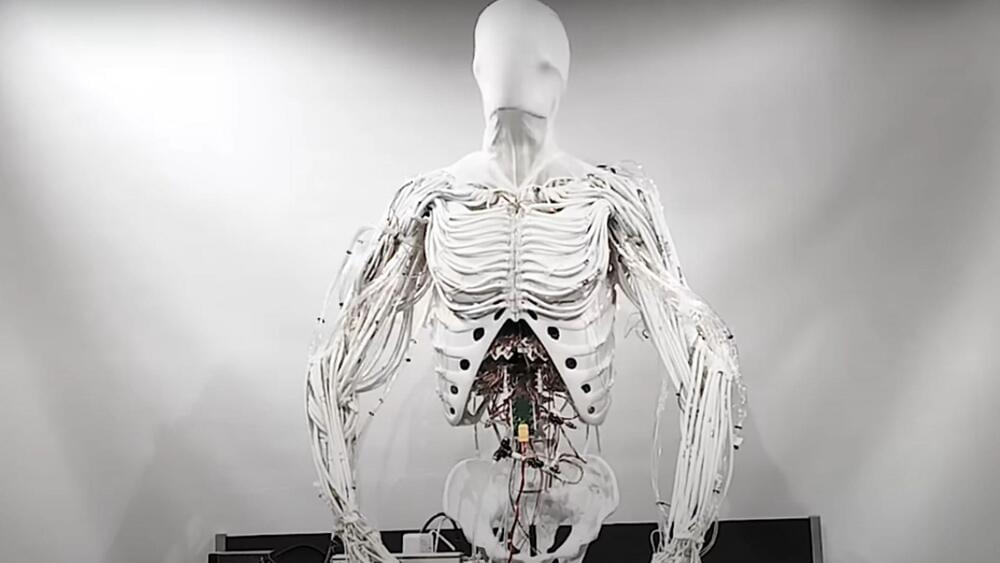Nov 22, 2024
Durable supramolecular plastic is fully ocean-degradable and doesn’t generate microplastics
Posted by Saúl Morales Rodriguéz in categories: materials, sustainability
Researchers led by Takuzo Aida at the RIKEN Center for Emergent Matter Science (CEMS) have developed a new durable plastic that won’t pollute our oceans. The new material is as strong as conventional plastics and biodegradable, but what makes it special is that it breaks down in seawater. The new plastic is therefore expected to help reduce harmful microplastic pollution that accumulates in oceans and soil and eventually enters the food chain.
The experimental findings are published Nov 22 in Science.
Scientists have been trying to develop safe and sustainable materials that can replace traditional plastics, which are non-sustainable and harm the environment. While some recyclable and biodegradable plastics exist, one big problem remains. Current biodegradable plastics like PLA often find their way into the ocean where they cannot be degraded because they are water insoluble. As a result, microplastics—plastic bits smaller than 5 mm—are harming aquatic life and finding their way into the food chain, including our own bodies.

